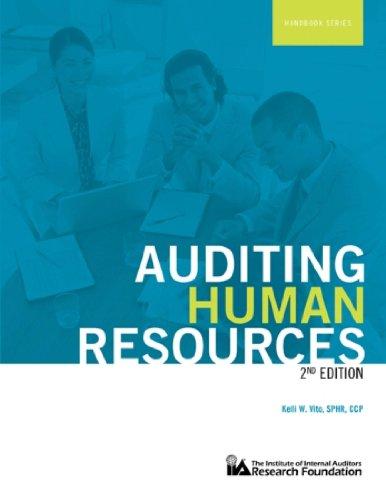Question
Activity-Based Costing: Service Firm Glencoe First National Bank operated for years under the assumption that profitability can be increased by increasing dollar volumes. Historically, First
Activity-Based Costing: Service Firm
Glencoe First National Bank operated for years under the assumption that profitability can be increased by increasing dollar volumes. Historically, First National's efforts were directed toward increasing total dollars of sales and total dollars of account balances. In recent years, however, First National's profits have been eroding. Increased competition, particularly from savings and loan institutions, was the cause of the difficulties. As key managers discussed the bank's problems, it became apparent that they had no idea what their products were costing. Upon reflection, they realized that they had often made decisions to offer a new product which promised to increase dollar balances without any consideration of what it cost to provide the service.
After some discussion, the bank decided to hire a consultant to compute the costs of three products: checking accounts, personal loans, and the gold VISA. The consultant identified the following activities, costs, and activity drivers (annual data):
| Activity | Activity Cost | Activity Driver | Activity Capacity |
| Providing ATM service | $ 100,000 | No. of transactions | 200,000 |
| Computer processing | 1,000,000 | No. of transactions | 2,500,000 |
| Issuing statements | 800,000 | No. of statements | 500,000 |
| Customer inquiries | 360,000 | Telephone minutes | 600,000 |
The following annual information on the three products was also made available:
| Checking Accounts | Personal Loans | Gold VISA | |
| Units of product | 30,000 | 5,000 | 10,000 |
| ATM transactions | 180,000 | 0 | 20,000 |
| Computer transactions | 2,000,000 | 200,000 | 300,000 |
| Number of statements | 300,000 | 50,000 | 150,000 |
| Telephone minutes | 350,000 | 90,000 | 160,000 |
In light of the new cost information, Larry Roberts, the bank president, wanted to know whether a decision made two years ago to modify the bank's checking account product was sound. At that time, the service charge was eliminated on accounts with an average annual balance greater than $1,000. Based on increases in the total dollars in checking, Larry was pleased with the new product. The checking account product is described as follows: (1) Checking account balances greater than $500 earn interest of 2 percent per year, and (2) A service charge of $5 per month is charged for balances less than $1,000. The bank earns 4 percent on checking account deposits. Fifty percent of the accounts are less than $500 and have an average balance of $400 per account. Ten percent of the accounts are between $500 and $1,000 and average $750 per account. Twenty-five percent of the accounts are between $1,000 and $2,767; the average balance is $2,000. The remaining accounts carry a balance greater than $2,767. The average balance for these accounts is $5,000. Research indicates that the $2,000 category was by far the greatest contributor to the increase in dollar volume when the checking account product was modified two years ago.
-
Required:
1. Calculate rates for each activity. Round your answers to the nearest cent.
Activity Rates Providing ATM service per transaction Computer processing per transaction Issuing statements per statement Customer inquiries per minute 2. Using the rates computed in Requirement 1, calculate the cost of each product. Round your answers to the nearest cent.
Unit Cost Checking Accounts Personal Loans Gold VISA 3. Compute the average annual profitability per account for the four categories of accounts described in the problem. In your computations, use the activity charges computed in Requirement 2. Round your answers to the nearest cent. If an answer is a loss, use a minus (-) sign to indicate.
Average Balance Profit Per Account $400 $750 $2,000 $5,000 Calculate the break-even point for the checking account product. Break-even analysis for the unprofitable categories may be helpful. Round interim calculations to two decimal places, and final answer to the nearest dollar. -
Break-even point
Step by Step Solution
There are 3 Steps involved in it
Step: 1

Get Instant Access to Expert-Tailored Solutions
See step-by-step solutions with expert insights and AI powered tools for academic success
Step: 2

Step: 3

Ace Your Homework with AI
Get the answers you need in no time with our AI-driven, step-by-step assistance
Get Started


